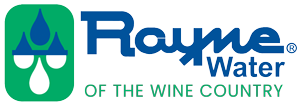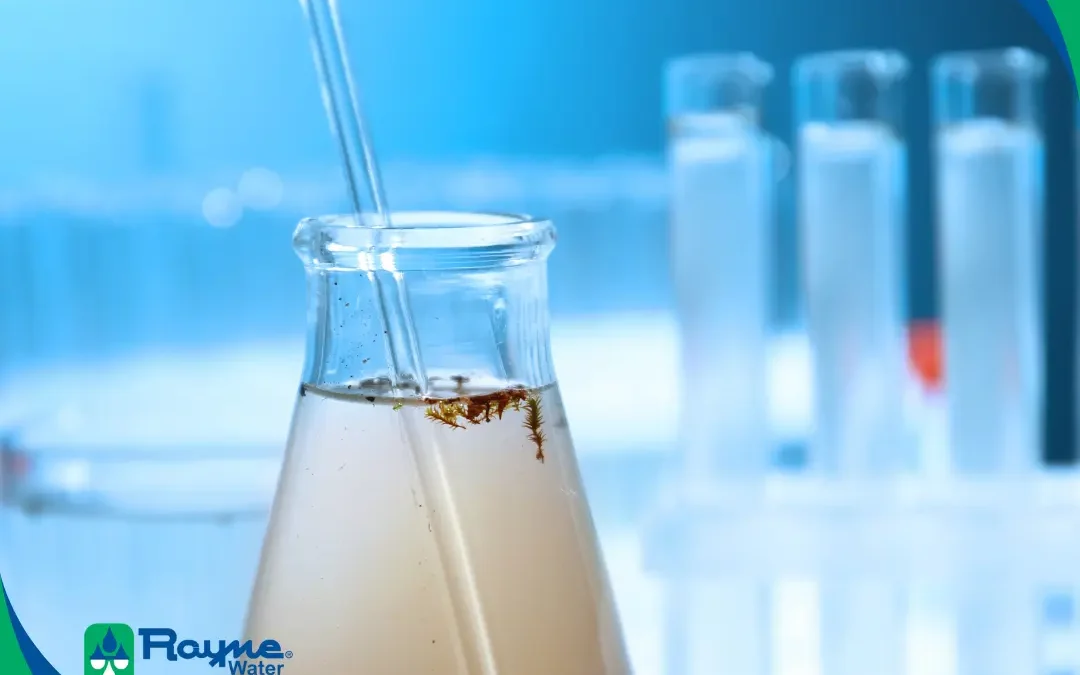If you’ve recently had a water test done, you might be staring at a report filled with numbers, units, and technical terms like water hardness and TDS levels. What do they all mean? And more importantly, how do they affect your home’s water quality? Let’s break it down so you can easily understand your results and what to do next.
Water Hardness vs. TDS: What’s the Difference?
Two of the most common water quality measurements you’ll see on a test are hardness and total dissolved solids (TDS). While they are related, they measure different aspects of your water:
- Water Hardness: Measures the concentration of calcium and magnesium in your water. These minerals cause scale buildup in pipes and appliances and can make it harder to lather soap.
- Total Dissolved Solids (TDS): This represents the total amount of dissolved substances in water, including minerals, salts, metals, and other organic and inorganic matter. TDS includes hardness minerals but also encompasses other elements like sodium, iron, and chloride.
How to Read Your Water Test Results
Your water test report will likely use different units of measurement. Here’s a quick guide to help you interpret them:
- Parts per million (ppm) or milligrams per liter (mg/L): These units are interchangeable and indicate how much of a substance is present in your water. For example, 100 ppm of hardness means there are 100 milligrams of calcium and magnesium per liter of water.
- Grains per gallon (gpg): This is another way to measure water hardness. One grain per gallon equals approximately 17.1 ppm.
What Your Water Hardness Level Means
The U.S. Geological Survey measures water hardness as follows:
- 0-60 ppm or mg/L or 1-3.5 gpg = Soft water
- 61-120 ppm or mg/L or 3.6-7.0 gpg = Moderately hard water
- 121-180 ppm or mg/L or 7.1-10.5 gpg = Hard water
- 181+ ppm or mg/L or 10.6+ gpg = Very hard water
If your water is classified as hard or very hard, you’ll likely notice scale buildup on faucets, reduced soap lathering, and potential appliance inefficiencies.
What Your TDS Level Means
The World Health Organization rates TDS levels as follows, with the rating referring primarily to water taste:
- <300 mg/L = Excellent
- 301-600 mg/L = Good
- 601-900 mg/L = Fair
- 900-1,200 mg/L = Poor
A high TDS level can lead to unpleasant water taste, staining, and mineral buildup in your home’s plumbing and appliances. On the other hand, water with a very low TDS level is reported to have a flat, insipid taste. Somewhere in the middle seems to be the sweet spot for overall preference, with the Environmental Protection Agency recommending a level below 500 mg/L.
How to Treat Hard Water and High TDS Levels to Improve Your Home’s Water Quality
No matter what your water test results reveal, we have a solution to ensure you have clean, high-quality water. At Rayne of the Wine Country, we offer:
- Water Softeners: These systems remove hardness minerals, preventing scale buildup and improving soap efficiency.
- Drinking Water Systems: Reverse osmosis (RO) filters remove excess TDS, improving your water’s taste and safety.
- No-Salt Conditioners: Reduce scale buildup without adding sodium—great for those looking for salt-free water treatment solutions.
- Well Water Treatment: Specialized filtration and treatment options for homes with well water to ensure safe, contaminant-free water.
Take the First Step Toward Better Water with a FREE Water Test From Rayne of the Wine Country
Understanding your water quality is the first step to improving it. That’s why we offer FREE water testing and a no-obligation quote for a drinking water or soft water system. If you haven’t already had a test done, now is the time to find out exactly what’s in your water. Then, we can provide expert advice on how to get the best water possible.
If you’ve already had your water tested and need help interpreting the results or you need a tailored solution, we can help with that, too. Simply contact us today and let’s get you the high-quality water you need and deserve!







